The legend behind how cows got horns and why
Lord Abirameswarar or Azhagiya Nathar Temple is situated in a village called Thiruvamathur near Viluppuram District. Thiruvamathur is located on the banks of the Pampa river, a tributary of the Pennai river. The historical names of this place are – Gomathrupuram, Gomatheeswaram and Gomathupuram.
This temple was originally built by the Pallava rulers. Later on, the Cholas made several endowments. This is evident from the stone inscriptions available here. At a later date, Achutha Deva Pallavar is believed to have renovated this temple. There is an idol of Achutha Deva Pallavar here. In this temple, there are stone inscriptions that document the histories of 26 kings from 955 to 1584 AD. The important kings among them are Rajaraja Cholan-I, Rajendra Cholan-I, Rajathi Rajan-I, Kulothungan-I, Vikramathithan, Sadaya Verman, Vikrama Pandian and Krishnadeva Rayar. The stone inscriptions also reveal that a Chola king sanctioned a grant that helped several blind students learn the devaram hymns and sing them in the temples.
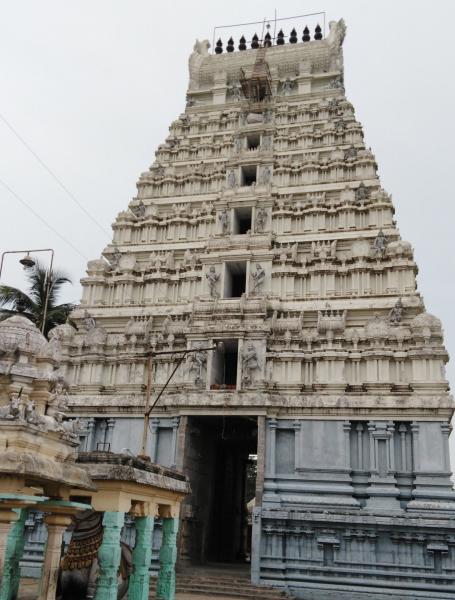
The main deity of this temple Lord Shiva is called Abirameswarar, Azhagiya Nathar and his consort Parvathi is called as Muthambigai Amman, Azhagiya Nayagi. Legend of this temple says that - in ancient times this place was densely covered with Vanni trees. It is believed that at that time the cows did not have any horns and were frequently tormented by other wild animals. It is believed that the cows went to Nandhi (Lord Shiva’s bull mount) to seek protection.
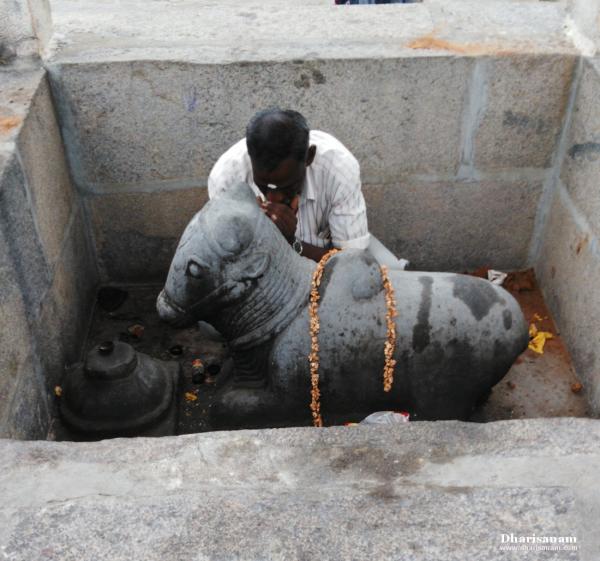
Nandhi advised them to come to this place and worship the lord. Nandhi along with Kamadenu (the divine cow who grants all wishes of devotees) and other cows of the world came to this place and worshiped the lord. Pleased with their penance, Lord Shiva blessed them with horns to protect themselves. The name of this place “Thiru Amathur” is derived from “Thiru Aa Matha Vur” - “Aa” means cow, “Matha” means mother, “Vur” means village in Tamil and “Thiru” is a respectful prefix. For this reason, this place is revered as the “parental house” for all the cows.
It is believed that, all gods including Lords Shiva, Mahavishnu, Brahma, Goddess Parvathi, Lakshmi and Saraswathi and all Devars reside in the body of the cow. It is believed that the divine cow, Kamadenu along with all other cows worshiped the main deity Abirameswarar here by pouring their milk on the lingam. The marks of the cow’s hoof and rivulets due to the pouring of milk can be seen on the lingam even today.
There is a place inside Goddess Muthambikai’s temple called the “Thiruvattaparai” and there is a Shivalingam in Thiruvattaparai which is very famous. There is a small hall (Mandapam) called “Sathya Palakai” (a place to make promises) in the southwest corner of the Goddess shrine. According to legend, sitting at this spot, Lord Rama along with Hanuman entered into an alliance with Sukrivan to fight and kill Ravana. There is a well inside this temple called “Dhanda Theertham” which is believed to have been created by Lord Rama. Since Lord Rama worshiped here, the main deity is called Abhirameswarar (Abhi means ‘with affection’). Even today, people who have been wrongly accused of some crime come to the “Sathya Palakai” at the “Thiru Vattaparai” and make pledges to prove their innocence. It is strongly believed that if someone makes a false promise at this place, they will be severely punished by the Goddess. The legend is that Goddess Muthambikai once punished a man by having him bit by a snake because he had cheated his younger brother and made a false promise at this place. To signify this event, the tail portion of a snake adorns the Goddess’s chest. This can be seen during abishekam. The idol of Nandhi is housed inside a pit. This pit is filled with water during periods of drought in the hope that it will bring rain.
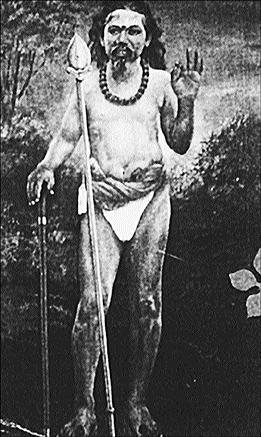
Saint Arunagirinadhar has sung songs in praise of Lord Murugan of this temple in his revered Thirupugazh. The famous poet Vannacharabam Sri Dandapani Swamigal (1839-1898), although born in Thirunelveli, spent the later part of his life in this place. He was a strict follower of the principles of Ahimsa and a staunch devotee of Lord Murugan. He visited many temples in the entire Tamil region, including Sri Lanka. He visited about 222 temples and rendered his songs. His contribution is as valuable as that of the Devara Moovars and Saint Arunagirinathar. He also wrote the “Thiruvamathur Sthalapuranam”. He set up a mutt, “Kaumara Mutt” here and spent most of his time in spreading the glory of Lord Murugan. This Kaumara Mutt is said to be the first Kaumara Mutt in the world. He is considered to be the reincarnation of Saint Arunagirinathar. It is believed that in his lifetime he wrote about one lakh poems. His final resting place (“Samathi”) can be seen inside the mutt.

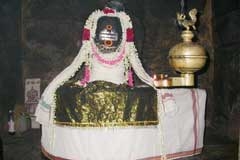
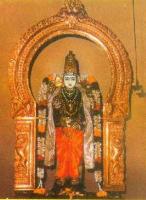
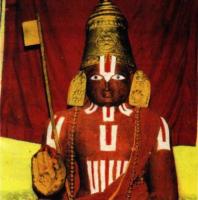

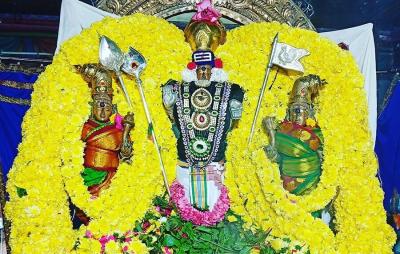
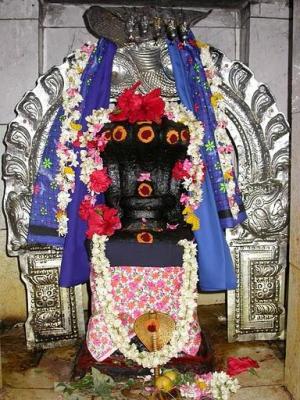
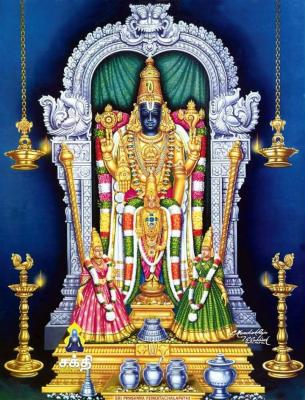

Leave a Comment